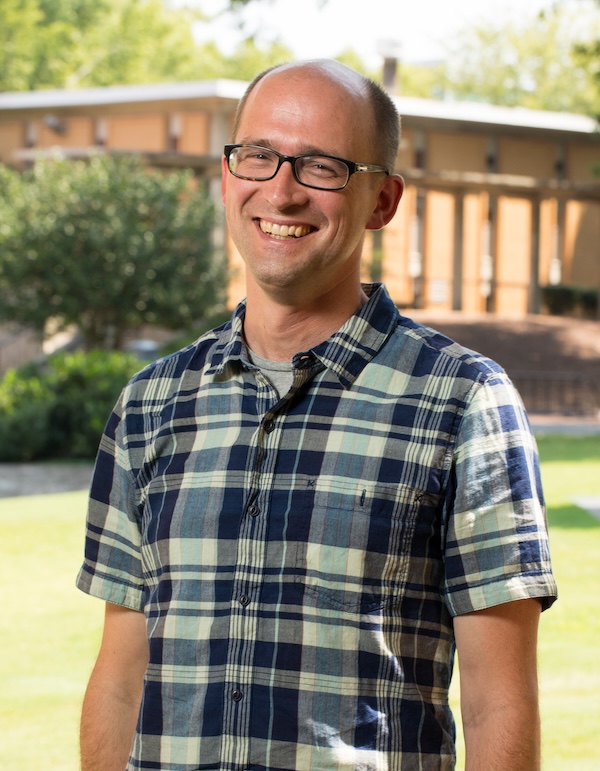

KENNESAW, Ga. | Jul 15, 2025

Eastern red cedar was commonly used for making a device that is taken for granted now but was a significant advancement in the 19th century – the pencil. The strong, splinter-resistant wood chosen for early American pencils was harvested from the Southeast.
“It was a revolutionary technology to have a disposable writing device,” said Okie, who teaches in the Norman J. Radow College of Humanities and Social Sciences. “You could argue that the industrialization would have taken a different course if not for pencils because of all the marking, measuring and record-keeping that it enabled.”
Okie added that eastern red cedar was regarded as sacred by many Native Americans, who used various parts of the tree for spiritual, medicinal, and practical purposes. It is one of several species Okie has been researching for a book he’s writing about the natural and cultural history of common plants found in the U.S., in the hope of introducing environmental history lessons to a broad audience.
“I'm advocating for people to know the world around them in a way that I think can bring a lot of satisfaction and joy,” Okie said. “I think of the book as a series of plant biographies where you can learn to recognize these common plants, even as you’re driving down the road and not having to get out of your car. They all have these interesting back stories.”
One of those roadside plants, broomsedge, is a field grass that thrives in the acidic soil prevalent in the South. However, broomsedge also has cultivated an unfavorable reputation; because it is drought tolerant and can survive low-fertility soil, broomsedge has been derided by critics dating back two centuries as being an indicator of poverty, poor land and poor management.
“Agricultural reformers in the 19th century would see our fields all grown up in broomsedge and presume that we had failed as a civilization, because we weren’t taking care of our land,” Okie said. “So the next time you're driving past a field of broomsedge you can think, ‘That’s the plant that demarcated agricultural failure in the South.’”
The book is under contract to be published by the University of North Carolina Press, and Okie plans to complete it sometime next year. This will be Okie’s second book, following the 2016 release of The Georgia Peach: Culture, Agriculture, and Environment in the American South – which examines how the non-native fruit became a central symbol in Georgia’s redevelopment after the Civil War and now is a cultural icon.
Okie also recently collaborated with KSU architecture professor Robin Puttock, professor of acting Jacqueline Springfield, and dance professors McCree O'Kelley and Autumn Eckman on an environmental theater performance at the Kennesaw State University Field Station. An area near Interstate 75 that was once a cement-mixing plant for the Georgia Department of Transportation, the Field Station is a 25-acre property where faculty and students engage in interdisciplinary research and the community learns about sustainability.
The artistic performance portrayed the Field Station’s history and mission, with KSU students dancing and acting out phenomena such as soil erosion or a tree growing out of the ground. Architectural students designed and built structures that guided spectators on a path through the Field Station. Okie provided the historical research.
“The site is really tied to KSU’s history – KSU became a junior college as I-75 was being completed – so specific details like that are important to me,” Okie said. “It was interesting to see those things get translated into an art form.”
– Story by Paul Floeckher
A leader in innovative teaching and learning, Kennesaw State University offers undergraduate, graduate, and doctoral degrees to its more than 51,000 students. Kennesaw State is a member of the University System of Georgia with 11 academic colleges. The university's vibrant campus culture, diverse population, strong global ties, and entrepreneurial spirit draw students from throughout the country and the world. Kennesaw State is a Carnegie-designated doctoral research institution (R2), placing it among an elite group of only 8 percent of U.S. colleges and universities with an R1 or R2 status. For more information, visit kennesaw.edu.